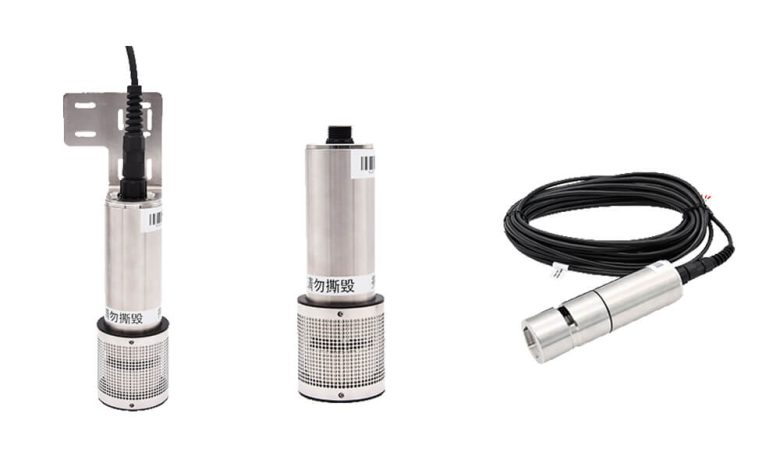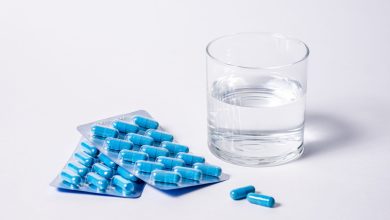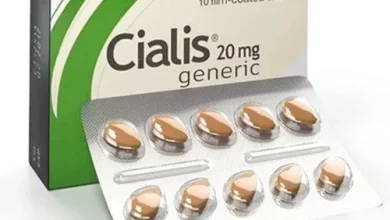Unlocking the Future of Environmental Protection: The Role of COD Sensors

In an era where environmental sustainability is more important than ever, the health of our water resources plays a crucial role in maintaining both ecological balance and human well-being. The quality of water we use, drink, and dispose of is constantly under threat from pollutants—both industrial and organic. To safeguard these precious resources, effective monitoring is essential. Among the most promising innovations in environmental monitoring is the chemical oxygen demand sensor, which plays a vital role in the real-time analysis of water quality. These sensors are revolutionizing the way we protect water bodies from pollution and ensure clean, safe water for all.
This article will delve into the role of COD sensors in environmental protection, exploring how they work, why they are indispensable, and the future possibilities they offer in maintaining the health of our water systems.
What Are Chemical Oxygen Demand (COD) Sensors?
To understand why COD sensors are so important, we first need to define what they measure. Chemical Oxygen Demand (COD) refers to the amount of oxygen required to chemically oxidize the organic and inorganic matter in a water sample. Essentially, it’s a measurement of the total pollution load in a body of water, reflecting how much oxygen would be consumed by microorganisms breaking down organic matter.
High COD levels typically indicate the presence of organic pollutants such as sewage, industrial waste, or agricultural runoff, all of which can severely harm aquatic life and ecosystems if left unchecked. COD is a key indicator of water quality, as it directly correlates with the amount of oxygen available for fish and other aquatic organisms.
A COD sensor is an advanced device that continuously measures this oxygen demand in water, providing real-time data on water quality. These sensors can be installed in wastewater treatment facilities, rivers, lakes, or industrial effluent channels, ensuring that water systems remain within safe, sustainable limits.
The Need for Real-Time Water Quality Monitoring
Historically, measuring COD in water involved taking samples to a lab, which could take several hours or even days to analyze. This delay made it difficult to respond promptly to pollution events, as water quality data was often out of date by the time it was available. The need for more timely and efficient monitoring of water quality has never been more pressing, and this is where COD sensors come into play.
By providing real-time data, COD sensors allow operators to continuously monitor water systems. This is crucial for several reasons:
-
Rapid Response to Pollution: The faster we detect contamination, the quicker we can take corrective actions to mitigate the impact. Whether it’s stopping a pollutant from entering a waterway or adjusting treatment processes at a wastewater plant, having instant data is essential.
-
Regulatory Compliance: Many regions have strict environmental regulations that dictate the acceptable levels of pollutants in wastewater and natural water bodies. COD sensors make it easier to stay compliant with these regulations by providing continuous monitoring that ensures pollutants do not exceed legal limits.
-
Cost-Effective Monitoring: Traditional water quality testing methods can be expensive, labor-intensive, and slow. By automating the process with COD sensors, businesses, municipalities, and environmental agencies can significantly reduce operational costs while improving accuracy and reliability.
How COD Sensors Work
COD sensors typically operate using electrochemical principles or optical methods to detect the amount of oxygen consumed during the oxidation of organic compounds in the water. These sensors work in two primary steps:
-
Sample Exposure: The water sample is exposed to a reagent or energy source (such as ultraviolet light or an electrochemical reaction) that breaks down the organic compounds in the water.
-
Oxygen Measurement: The sensor measures the amount of oxygen consumed in this process. This oxygen demand is directly proportional to the concentration of organic pollutants in the water. The sensor then generates a COD value based on this measurement.
What makes these sensors stand out is their ability to provide real-time data. Unlike traditional laboratory methods, which can take hours to return results, COD sensors offer continuous, automated monitoring, ensuring that water quality data is always current.
The Benefits of COD Sensors for Environmental Protection
-
Real-Time Data for Proactive Management Real-time data from COD sensors empowers water quality managers to act immediately in response to pollution events. Whether it’s adjusting the treatment process in a wastewater facility or taking emergency action to prevent contamination from entering a river, having up-to-date information allows for faster decision-making.
-
Improved Water Treatment Efficiency In wastewater treatment plants, knowing the COD levels of influent and effluent helps plant operators optimize their processes. By continuously monitoring these levels, operators can fine-tune the dosing of chemicals, adjust aeration levels, and implement other treatment strategies to ensure the highest possible water quality.
-
Early Detection of Pollution Spikes Industrial discharges, agricultural runoff, and stormwater can suddenly introduce large amounts of organic pollutants into water systems. COD sensors are capable of detecting these sudden spikes in pollution, enabling early intervention and helping to prevent long-term environmental damage.
-
Sustainability in Water Resource Management Sustainable water resource management relies on understanding the current state of water systems. COD sensors help ensure that water bodies remain healthy by providing continuous monitoring, enabling responsible management of both wastewater and natural water resources. By monitoring COD, we can prevent the degradation of aquatic ecosystems, which is crucial for maintaining biodiversity and supporting local communities.
-
Cost Reduction and Operational Efficiency With COD sensors, the need for expensive and time-consuming laboratory tests is greatly reduced. In industries and municipalities, this translates to significant cost savings. Moreover, sensors can be integrated into automated systems, making the entire water treatment process more efficient and minimizing the need for human intervention.
Applications of COD Sensors in Environmental Protection
The potential uses of COD sensors in environmental protection are vast. Below are some of the most common applications:
-
Wastewater Treatment Plants COD sensors are extensively used in wastewater treatment facilities to monitor both the influent (incoming wastewater) and effluent (treated water) for COD levels. By ensuring that the treated water meets environmental standards, COD sensors help prevent the release of harmful pollutants into the environment.
-
Industrial Wastewater Monitoring Industries that discharge wastewater into public water systems must meet regulatory COD standards. COD sensors help industries monitor their effluent, ensuring that they comply with environmental regulations and avoid pollution.
-
Environmental Monitoring of Rivers and Lakes In rivers and lakes, COD sensors are used to monitor the health of aquatic ecosystems. By tracking oxygen demand levels, environmental agencies can assess the impact of pollution and human activity on natural water systems, guiding conservation efforts.
-
Stormwater and Runoff Management During heavy rainfall, urban runoff can introduce large amounts of organic matter into water bodies, elevating COD levels. COD sensors installed in stormwater systems can help monitor these events and prevent contamination from reaching sensitive environments.
The Future of COD Sensors in Environmental Protection
As technology continues to advance, the capabilities of COD sensors will only improve. Future innovations may include:
-
Integration with AI and Machine Learning: AI and machine learning algorithms could enable COD sensors to predict trends in water quality, providing even more proactive management capabilities.
-
Wireless Connectivity: With the advent of the Internet of Things (IoT), COD sensors will become more connected, enabling data to be accessed remotely and in real time from anywhere in the world.
-
Miniaturization and Cost Reduction: As sensor technology improves, COD sensors are likely to become smaller, more affordable, and even more accessible, allowing for broader adoption in both developed and developing regions.
Conclusion
Chemical Oxygen Demand sensors are transforming the way we monitor and protect water resources. By offering real-time, accurate, and cost-effective water quality data, they enable industries, municipalities, and environmental agencies to respond swiftly to contamination, optimize water treatment processes, and ensure the sustainability of water resources.
As the global focus on environmental sustainability intensifies, COD sensors will continue to play an integral role in ensuring cleaner, safer, and more resilient water systems. They are not only vital tools for managing water pollution but also key enablers of a more sustainable and environmentally conscious future.









